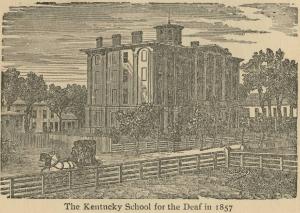
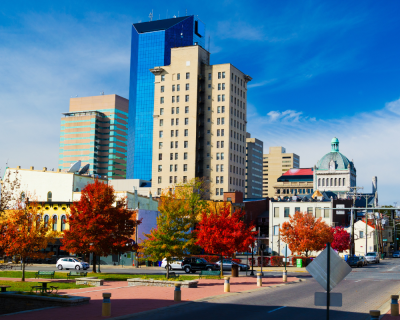
Lexington’s African American Heritage Walking Tour
Join us for an on-demand walking tour of Downtown Lexington’s African American heritage sites.

Join us for an on-demand walking tour of Downtown Lexington’s African American heritage sites.
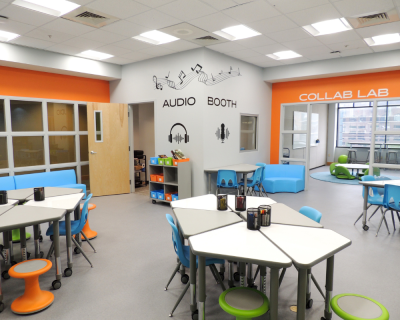
Explore topics related to Science, Technology, Engineering, Art, and Math (STEAM) in this space for youth, grades 3-12.
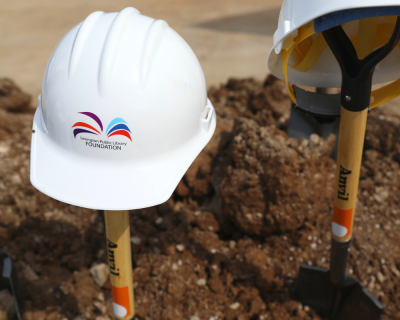
Learn how the Lexington Public Library Foundation empowers change within our library system.

Learn or develop a personal or professional skill with LinkedIn Learning classes, available for free with your library card.
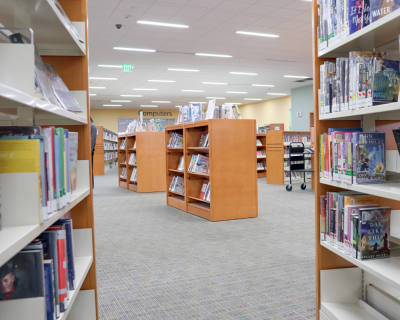
Did you know physical materials renew automatically if they don’t have a waiting list? Check your account online to see the status of your items.

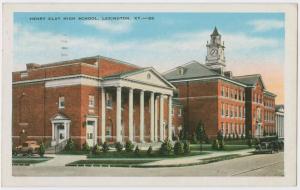
Lexington's school system dates back to the city charter of 1831, and it first school opened in 1834. From a single building in 1834 with about 100 students, today the Fayette County Public School system has over 40,000 students and 68 schools and programs. Lexington and Fayette County combined districts in 1968, shortly before the city/county government merger in 1974.

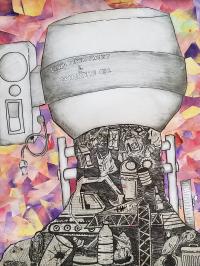
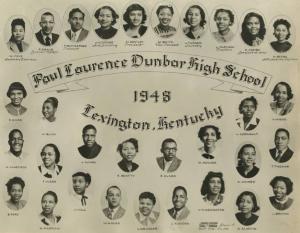
Dunbar High School opened in 1923 at 545 North Upper Street as the only all-black high school in Lexington’s city school system. The school was named after African-American poet Paul Laurence Dunbar (1872-1906), whose parents had been enslaved in Kentucky. Dunbar was a source of immense pride for many in Lexington; it was ambitious in academics, formidable in athletics, a meeting place for community organizations, and the first of only eight black high schools to ever be accredited by the Southern Association of Colleges and Schools.
In 1967, after federal pressure to racially integrate schools, the Fayette County board of education decided to close Dunbar High School. This elicted a substantial outcry from many black Lexingtonians, who saw Dunbar as a community cornerstone, and whose children would be bused longer distances to school. In 1968, the school board promised that the next high school opened in Fayette County would also be Dunbar, which then opened in 1990. After the original closed in 1967, the old Dunbar building remained in use for several years as a junior high school. Most of the building was razed in 1974; what remains of it has been converted into the Dunbar Community Center.
The Dunbar Echo became the student publication, coming out a few times each year. The Lexington Public Library holdings contain the yearbook editions of the publication, which contains information about students, alumni, faculty and teachers, sports, essays, student activities, attendance, budget, and Echo sponsors. There are also black and white photos of some of the students and faculty.
Available yearbooks
Information from:
Lexington, Kentucky (February 1, 2024) – This February, Lexington Public Library is proud to join the nation in celebrating Black History Month, a time dedicated to honoring the achievements, contributions, and rich cultural heritage of African Americans.
Join us for a walking tour of Downtown Lexington’s historic sites. The full tour is available as a single MP3, or you can download individual tracks. For the single MP3, music will play between the stops. You can pause the track while you walk between stops.
This tour covers a walking distance of 1.1 miles.
The music clips used in this tour are from “Walking Barefoot on Grass” by Kai Engel, and are used with a CCBY license. It is available here: http://freemusicarchive.org/music/Kai_Engel/
Lexington, Kentucky (December 20, 2022) – Lexington Public Library announced today that its popular LPL After School program will return in 2023, beginning January 2.
LPL After School is a FREE drop-in program for kids aged 5-12 that takes place after regular school hours, Mondays through Fridays from 4-6pm. The Library, in partnership with God’s Pantry, will provide snacks for all participants as well as STEAM and enrichment activities, homework help, and reading recommendations. And there’s no need to register—just show up!
Subscribe and receive monthly reading recommendations in your selected categories.
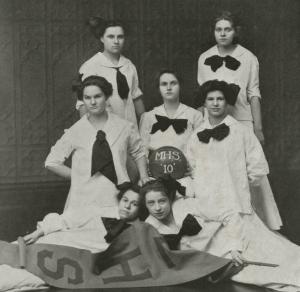
The Morton School Number 1, Lexington’s first public city school in 1834, was originally built on the corner of Walnut (later Martin Luther King Dr.) and Short Street. William Morton, who died in 1836, established a trust to be invested and used to maintain a free public school in Lexington, and the first public school was named in his honor. It became the Morton High School in 1904 and the Morton Junior High School in 1917. The school was relocated to Tates Creek Road as a middle school in 1938.
If books are your thing, this is your place. Browse the newest titles in our collection, take a deep dive into comics and graphic novels with the 741.5 bulletin, request a personalized "bag of books," and more.
The Lexington Public Library’s Digital Archives provide open access to researchers and students to learn more about the rich history of Lexington and Fayette County. It contains a fraction of the Library’s physical holdings, which are housed and available for reference in the Kentucky Room at the Central Library. New material is being digitized and added constantly, so there's always something new to find.
The archives have a simple keyword search, and it is possible to browse the collections by subject, area, or decade. The Lexington Public Library actively reviews and labels materials in our archives with statements that indicate how you may reuse the images, and what sort of permission, if any, you need to do so. Please check the information for each image to determine its legal status.
Join us for a walking tour of Downtown Lexington’s historic LGBTQ+ places. The full tour is available as a single MP3, or you can download individual tracks. For the single MP3, music will play between the stops. You can pause the track while you walk between stops.
This tour covers a walking distance of 1.6 miles.
